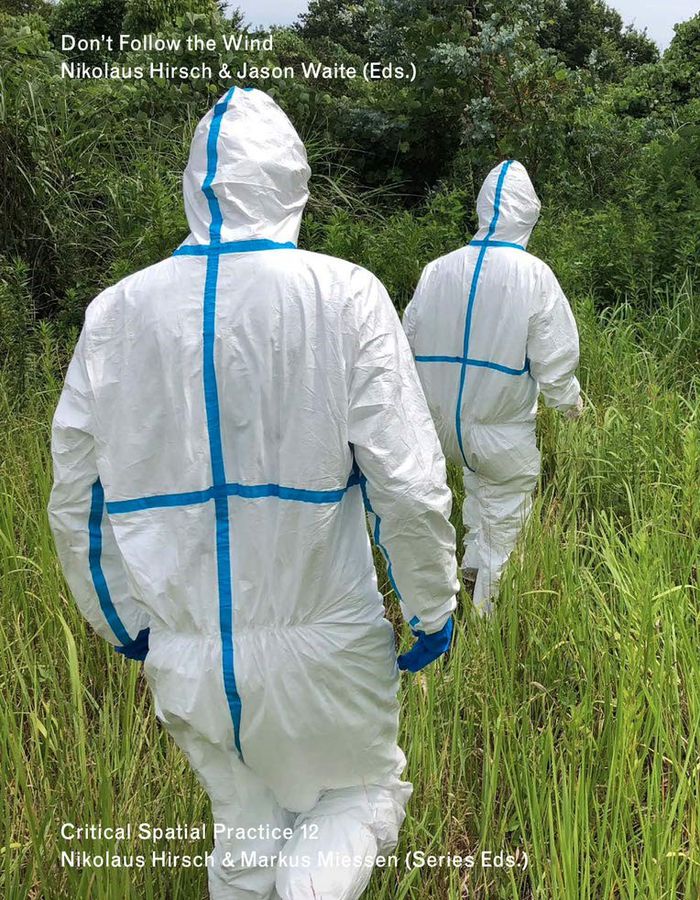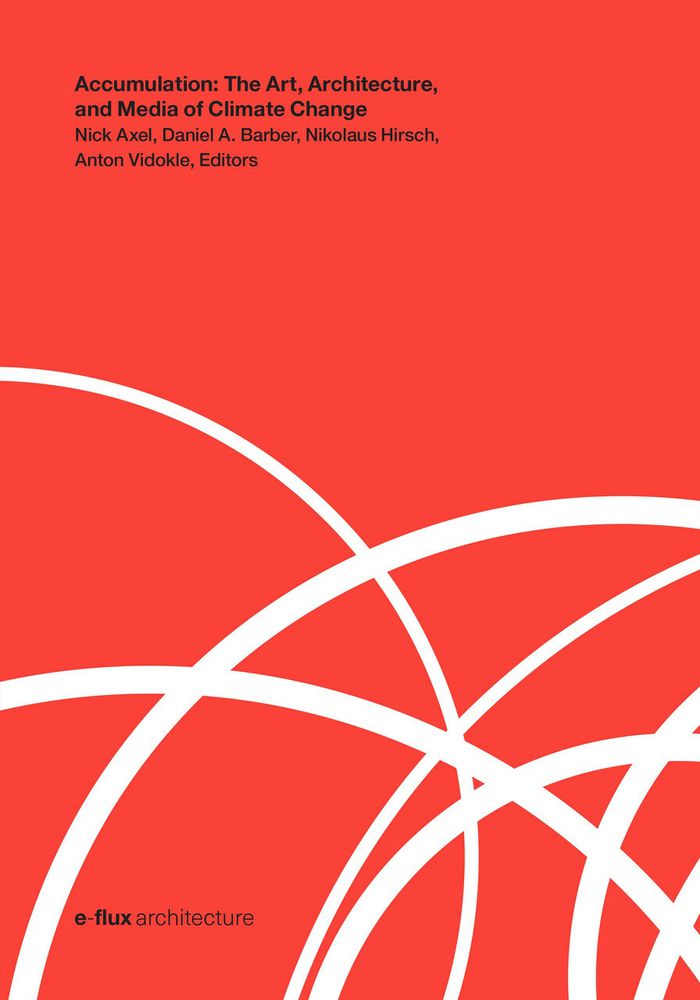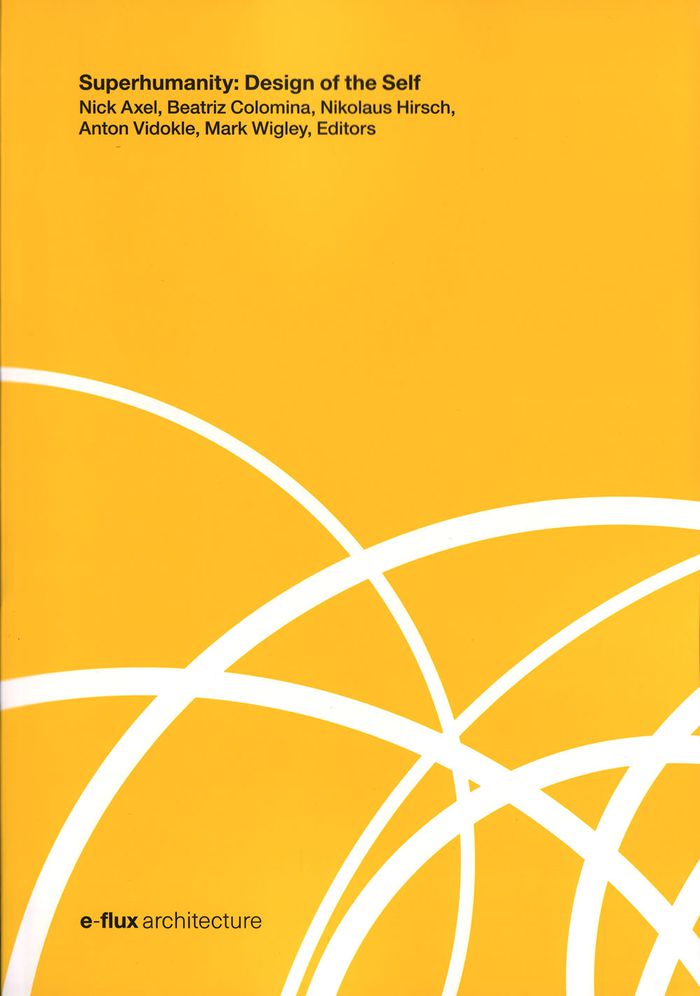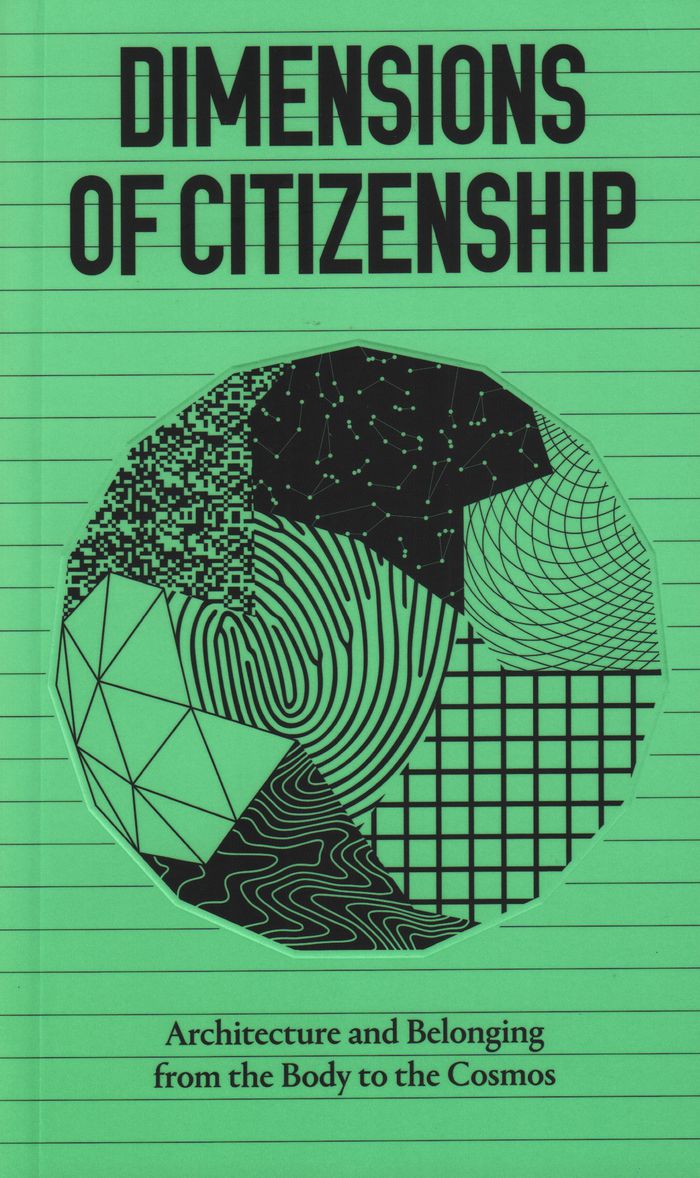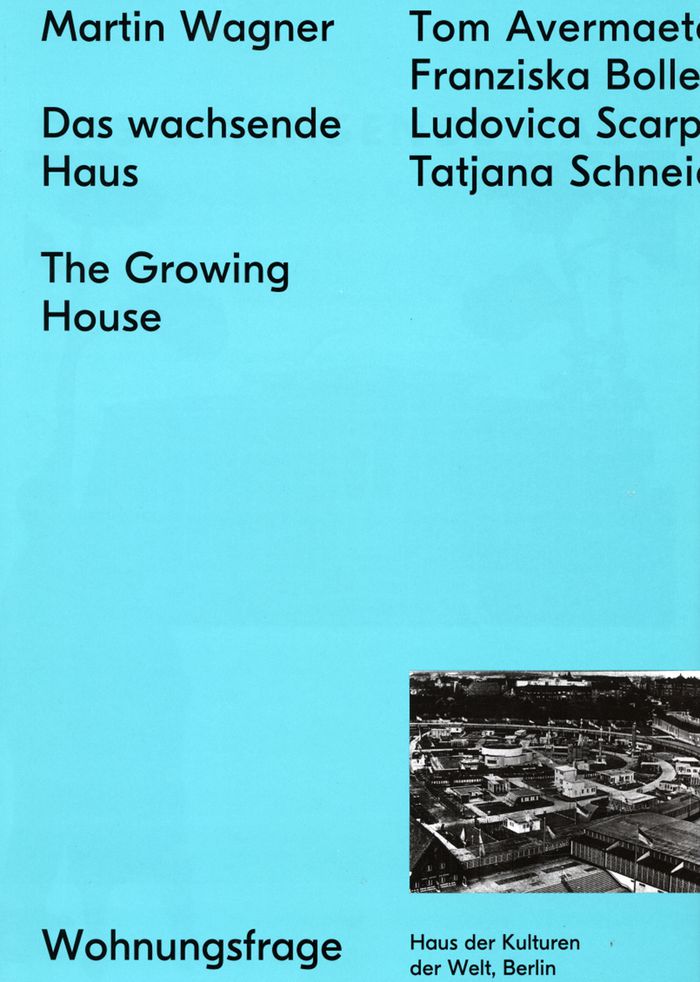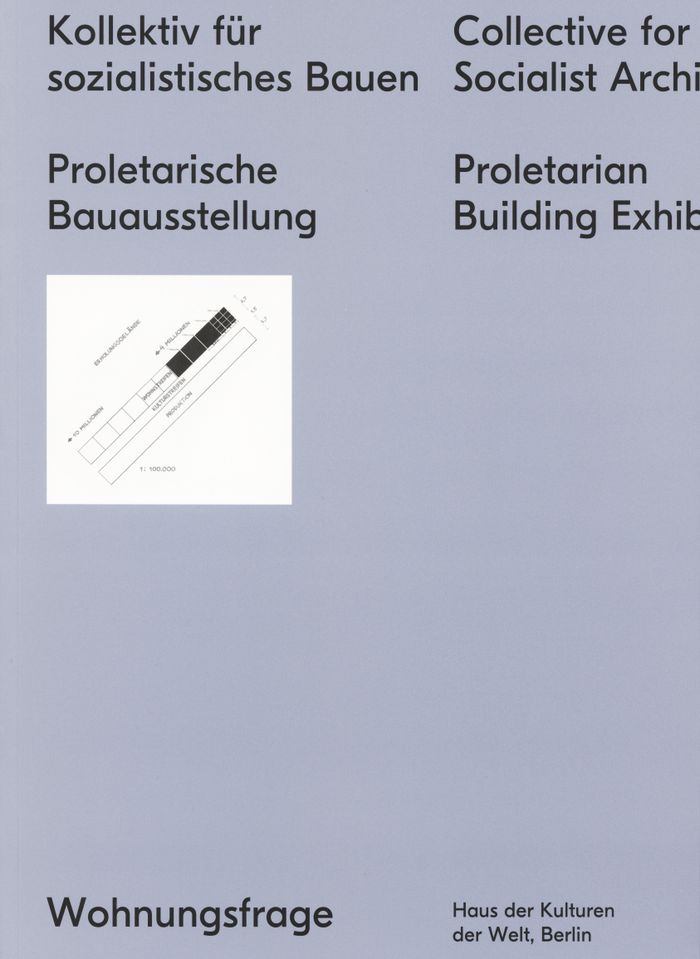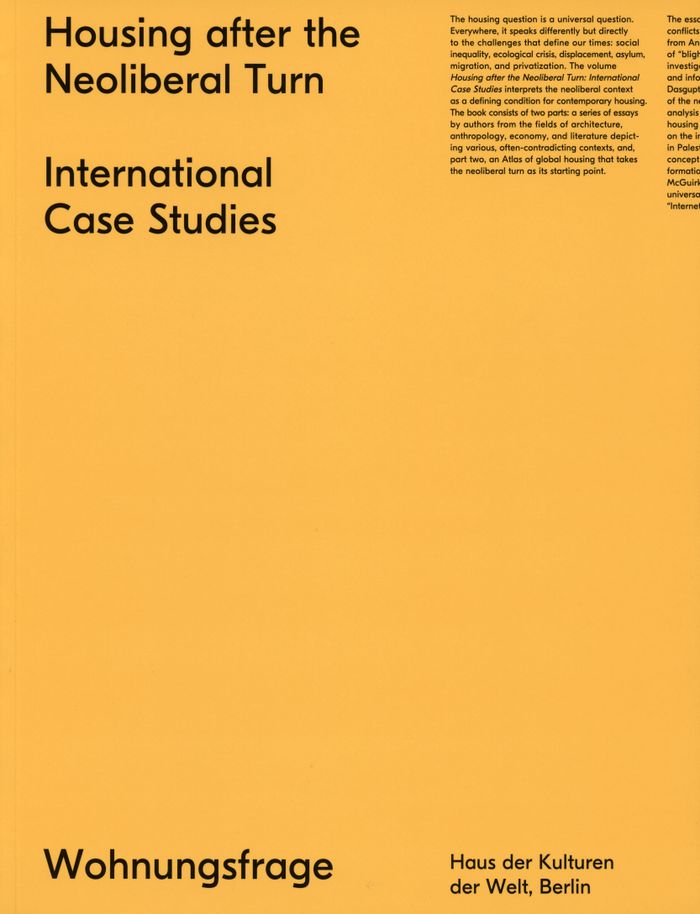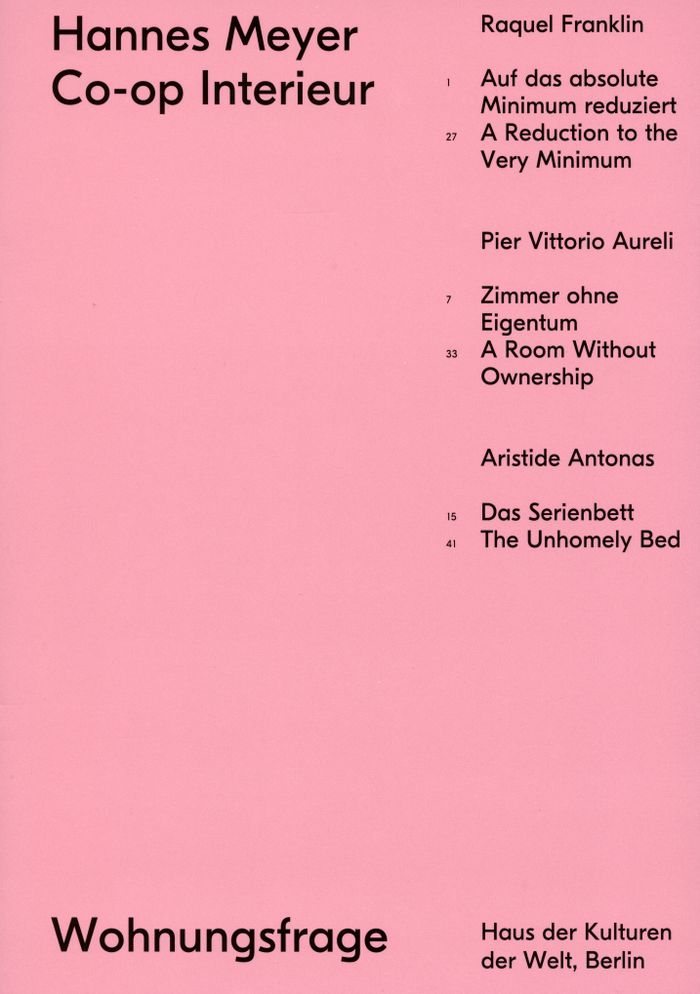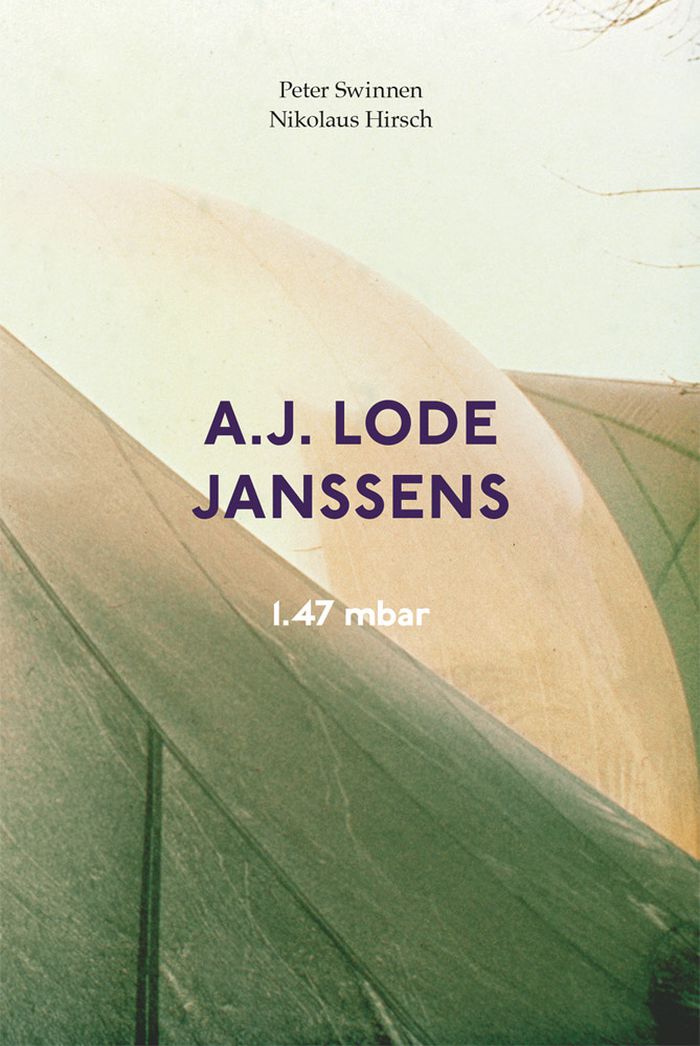$56.95
(disponible en magasin)
Résumé:
''Style Congo: Heritage & heresy'' examines the politics of cultural representation and appropriation through contemporary artistic and architectural interventions, as well as historical materials primarily sourced from the CIVA collection in Brussels. Starting with the Art Nouveau movement and stemming from the exhibition of the same name, this book traces the portrayal(...)
septembre 2023
Style Congo: Heritage and heresy
Actions:
Prix:
$56.95
(disponible en magasin)
Résumé:
''Style Congo: Heritage & heresy'' examines the politics of cultural representation and appropriation through contemporary artistic and architectural interventions, as well as historical materials primarily sourced from the CIVA collection in Brussels. Starting with the Art Nouveau movement and stemming from the exhibition of the same name, this book traces the portrayal of the Congo in international and colonial exhibitions in Belgium, France, and the Congo between 1885 and 1958.
$29.00
(disponible en magasin)
Résumé:
The twelfth volume of the Critical Spatial Practices series focuses on 'Don't Follow the Wind,' the acclaimed collaborative project situated in the radioactive Fukushima exclusion zone. The exhibition is located inside the exclusion zone, an evacuated radioactive area established after the nuclear disaster that forcibly separated residents from their homes, land, and(...)
Don't follow the wind: critical spatial practice 12
Actions:
Prix:
$29.00
(disponible en magasin)
Résumé:
The twelfth volume of the Critical Spatial Practices series focuses on 'Don't Follow the Wind,' the acclaimed collaborative project situated in the radioactive Fukushima exclusion zone. The exhibition is located inside the exclusion zone, an evacuated radioactive area established after the nuclear disaster that forcibly separated residents from their homes, land, and community. In cooperation with former residents, participating artists installed newly commissioned works at sites in the exclusion zone. Although the exhibition opened in March 2015, the zone is still inaccessible to the public — the exhibition, like the radiation, is virtually invisible. The exhibition can only be viewed when restrictions are lifted and people are permitted to return. This might take several years or decades — a period that could extend beyond our lifetime. The book includes new texts by feminist theorist Silvia Federici, art historians Noi Sawaragi and Sven Lütticken, and political philosopher Jodi Dean.
Théorie/ philosophie
$41.99
(disponible sur commande)
Résumé:
The current epoch is one of accumulation: not only of capital but also of raw, often unruly material, from plastic in the ocean and carbon in the atmosphere to people, buildings, and cities. Alongside this material growth, image-making practices embedded within the fields of art and architecture have proven to be fertile, mobile, and capacious. Images of accumulation help(...)
Théorie de l’architecture
avril 2022
Accumulation: the art, architecture and media of climate change
Actions:
Prix:
$41.99
(disponible sur commande)
Résumé:
The current epoch is one of accumulation: not only of capital but also of raw, often unruly material, from plastic in the ocean and carbon in the atmosphere to people, buildings, and cities. Alongside this material growth, image-making practices embedded within the fields of art and architecture have proven to be fertile, mobile, and capacious. Images of accumulation help open up the climate to cultural inquiry and political mobilization and have formed a cultural infrastructure focused on the relationships between humans, other species, and their environments. The essays in ''Accumulation'' address this cultural infrastructure and the methodological challenges of its analysis. They offer a response to the relative invisibility of the climate now seen as material manifestations of social behavior. Contributors outline opportunities and ambitions of visual scholarship as a means to encounter the challenges emergent in the current moment: how can climate become visible, culturally and politically? Knowledge of climatic instability can change collective behavior and offer other trajectories, counteraccumulations that draw the present into a different, more livable, future.
Théorie de l’architecture
$49.95
(disponible sur commande)
Résumé:
''Superhumanity'' seeks to explore and challenge our understanding of ''design'' by engaging with and departing from the concept of the ''self.'' This volume brings together more than fifty essays by leading scientists, artists, architects, designers, philosophers, historians, archaeologists, and anthropologists, originally disseminated online via e-flux Architecture(...)
Théorie de l’architecture
janvier 2018
Superhumanity: design of the self. E-Flux Classics
Actions:
Prix:
$49.95
(disponible sur commande)
Résumé:
''Superhumanity'' seeks to explore and challenge our understanding of ''design'' by engaging with and departing from the concept of the ''self.'' This volume brings together more than fifty essays by leading scientists, artists, architects, designers, philosophers, historians, archaeologists, and anthropologists, originally disseminated online via e-flux Architecture between September 2016 and February 2017 on the invitation of the Third Istanbul Design Biennial. Probing the idea that we are and always have been continuously reshaped by the artifacts we shape, this book asks: Who designed the lives we live today? What are the forms of life we inhabit, and what new forms are currently being designed? Where are the sites, and what are the techniques, to design others?
Théorie de l’architecture
$34.50
(disponible sur commande)
Résumé:
Globalization, technology and politics have altered the definition and expectations of citizenship and the right to place. "Dimensions of Citizenship" documents contributions from the seven firms selected to represent the United States in the 2018 Venice Architecture Biennale. This volume profiles and illustrates each of the US Pavilion contributions and contextualizes(...)
Dimensions of citizenship: architecture and belonging from the body to the cosmos
Actions:
Prix:
$34.50
(disponible sur commande)
Résumé:
Globalization, technology and politics have altered the definition and expectations of citizenship and the right to place. "Dimensions of Citizenship" documents contributions from the seven firms selected to represent the United States in the 2018 Venice Architecture Biennale. This volume profiles and illustrates each of the US Pavilion contributions and contextualizes them in terms of scale. Drawing inspiration from the Eames' Power of Ten, "Dimensions of Citizenship" provides a view of belonging across seven stages starting with the individual (Citizen), then the collective (Civic, Region, Nation) and expanding to include all phases of contemporary society, real and projected (Globe, Network, Cosmos).
Biennale
$60.00
(disponible sur commande)
Résumé:
In 1931, in response to the Great Depression and subsequent collapse of the building industry, Martin Wagner (1885–1957), then head of planning for Berlin, formulated plans for an adaptable micro-house called “the growing house.” Working with Egon Eiermann, Walter Gropius, Ludwig Hilberseimer, Erich Mendelssohn, Hans Poelzig and Hans Scharoun, the growing house was(...)
Logements collectifs
juin 2016
Martin Wagner: the Growing House / Das wachsende Haus
Actions:
Prix:
$60.00
(disponible sur commande)
Résumé:
In 1931, in response to the Great Depression and subsequent collapse of the building industry, Martin Wagner (1885–1957), then head of planning for Berlin, formulated plans for an adaptable micro-house called “the growing house.” Working with Egon Eiermann, Walter Gropius, Ludwig Hilberseimer, Erich Mendelssohn, Hans Poelzig and Hans Scharoun, the growing house was designed to be modified with the changing socioeconomic circumstances of its inhabitants, providing only what was necessary and expedient. Wagner’s coruscating foreword outlining his proposals for a new social, technical and economic fabric shifting the dwelling to the center of the world is published here for the first time. Historical and contemporary black-and-white and color illustrations, drawings, plans and photographs of the prototype are accompanied by commentary from Franziska Bollerey, Ludovica Scarpa, Tom Avermaete and Tatjana Schneider, demonstrating that the growing house is as relevant today as it was 100 years ago.
Logements collectifs
$44.00
(disponible en magasin)
Résumé:
In an empty factory unit tucked away in Berlin’s Köpenicker Strasse, The Proletarian Building Exhibition was mounted with the humblest of resources in 1931. It marked the first action by a group of revolutionary architects, builders, and students forming the Kollektiv für sozialistisches Bauen under the architect Arthur Korn. Taking aim at modernist architects(...)
mai 2016
Collective for a socialist architecture: proletarian building exhibition 1931
Actions:
Prix:
$44.00
(disponible en magasin)
Résumé:
In an empty factory unit tucked away in Berlin’s Köpenicker Strasse, The Proletarian Building Exhibition was mounted with the humblest of resources in 1931. It marked the first action by a group of revolutionary architects, builders, and students forming the Kollektiv für sozialistisches Bauen under the architect Arthur Korn. Taking aim at modernist architects participating in the German Building Exhibition and CIAM, they cast architecture as an instrument of power, questioned capitalist solutions to the housing question, and unveiled planning approaches imported from the then-Soviet Union. A full facsimile of the exhibition manifesto/catalog and exhibition panels is featured in addition to contributing essays by contemporary architects, writers and educators, and the Collectives’ Annual Report including a proposed work program and statement of intent. Historical photos are interspersed throughout providing a full reconstruction of this significant architectural and sociopolitical event.
$36.00
(disponible sur commande)
Résumé:
Housing speaks directly to the challenges that define our times: social inequality, ecological crisis, displacement, asylum, migration and privatization. Framing the neo-liberal context as a defining condition of contemporary housing, International Case Studies consists of two parts: a series of essays by authors from architecture, anthropology, economy and literature,(...)
Logements collectifs
juillet 2016
Housing after the neoliberal turn: international case studies
Actions:
Prix:
$36.00
(disponible sur commande)
Résumé:
Housing speaks directly to the challenges that define our times: social inequality, ecological crisis, displacement, asylum, migration and privatization. Framing the neo-liberal context as a defining condition of contemporary housing, International Case Studies consists of two parts: a series of essays by authors from architecture, anthropology, economy and literature, and an “atlas” of global housing that takes neo-liberalism as its starting point. The essays shed light on the challenges and conflicts of contemporary housing production from Andrew Herscher’s research on the politics of “blight” in Detroit to Justin McGuirk’s text on domesticity as data and universal housing questions eclipse by the “Internet of Things.” Conceptualized and compiled by architectural critic-historian Anne Kockelkorn and Columbia professor Reinhold Martin, the illustrated “atlas” presents 33 housing examples rarely seen together and invites readers to think of housing as an unstable constellation evolving within the power relations of territorial processes.
Logements collectifs
Hannes Meyer: Co-op interior
$45.00
(disponible sur commande)
Résumé:
In his Co-op Interieur (1926)—a simple corner of a room known only in a photograph— Swiss architect Hannes Meyer (1889–1954) gave expression to a radical, antibourgeois style of interior. Comprised only of a bed, a lamp, two chairs and a gramophone on a table, he imagined this room for the nomadic urban worker. Through the absence of people, objects and spatial features(...)
Théorie de l’architecture
juillet 2016
Hannes Meyer: Co-op interior
Actions:
Prix:
$45.00
(disponible sur commande)
Résumé:
In his Co-op Interieur (1926)—a simple corner of a room known only in a photograph— Swiss architect Hannes Meyer (1889–1954) gave expression to a radical, antibourgeois style of interior. Comprised only of a bed, a lamp, two chairs and a gramophone on a table, he imagined this room for the nomadic urban worker. Through the absence of people, objects and spatial features as much as by the distinctiveness of its design, Meyer was proclaiming an alternative principle for housing, proposing that architecture and design were intended not to fulfill historically determined needs but to overcome their constraints. Historical photographs of the interior and three provocative essays on ownership, minimalism and the “unhomely,” by Brussels-based architecy Pier Vittrio, Mexican architect Raquel Franklin, and Gree architect Aristide Antonas, respectively, explore the layers of meaning within Meyer’s mise-en-scène manifesto on collectivity and utility as a counterpoint to ownership and private property.
Théorie de l’architecture
$41.50
(disponible sur commande)
Résumé:
A.J. Lode Janssens is one of Belgium’s most idiosyncratic architects and a radical educator. He was cofounder of the experimental studio Atelier Alpha and the Sint-Lucas Werkgemeenschap, a workshop linking architectural education, practice and research, and operated in close collaboration with ILAUD, the International Laboratory of Architecture and Urban Design. This(...)
A. J. Lode Janssens: 1,47 mbar. Balloon Home
Actions:
Prix:
$41.50
(disponible sur commande)
Résumé:
A.J. Lode Janssens is one of Belgium’s most idiosyncratic architects and a radical educator. He was cofounder of the experimental studio Atelier Alpha and the Sint-Lucas Werkgemeenschap, a workshop linking architectural education, practice and research, and operated in close collaboration with ILAUD, the International Laboratory of Architecture and Urban Design. This publication presents The Balloon, an all-but-unknown temporary pneumatic home experiment, built in 1973 in Humbeek, where he lived with his family until 1986. Lode Janssens considered it an uncompromising ephemeral attempt at de-architecturalization and living in harmony with nature: a cave-dwelling, a work-in-progress, an empirical residence. This publication accompanies the eponymous exhibition at CIVA in Brussels.
Architecture, monographies

